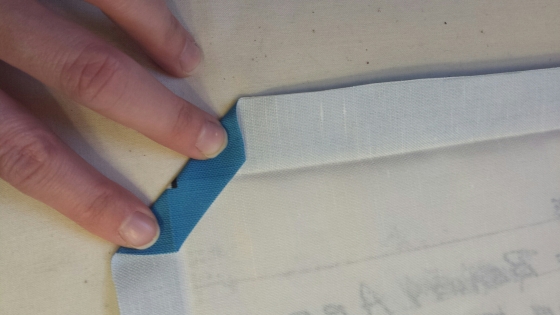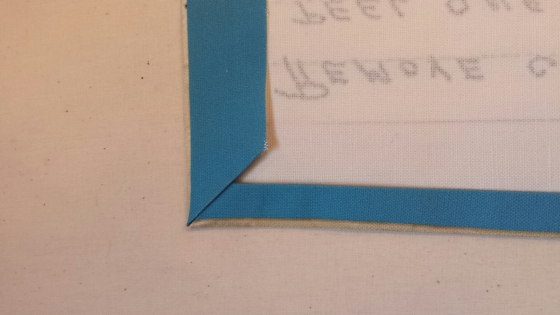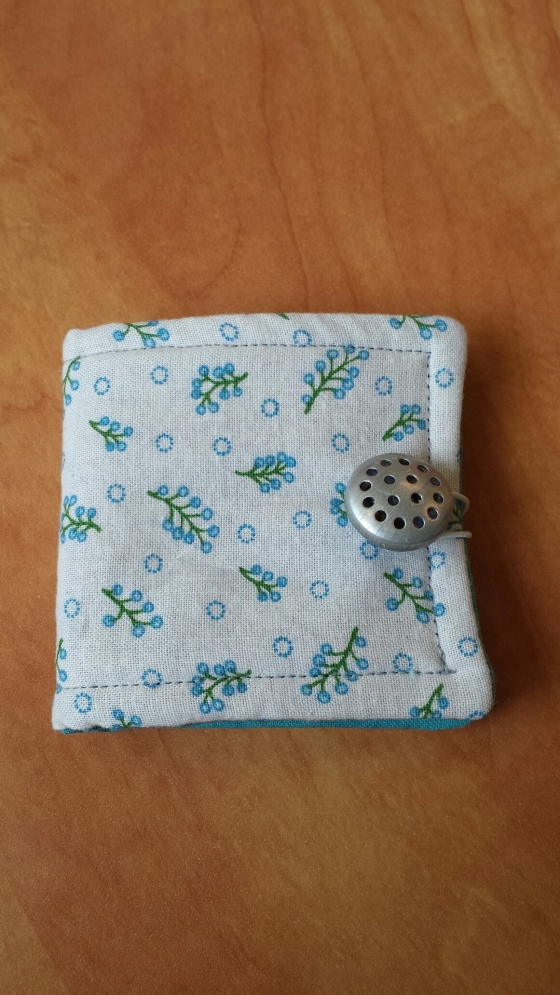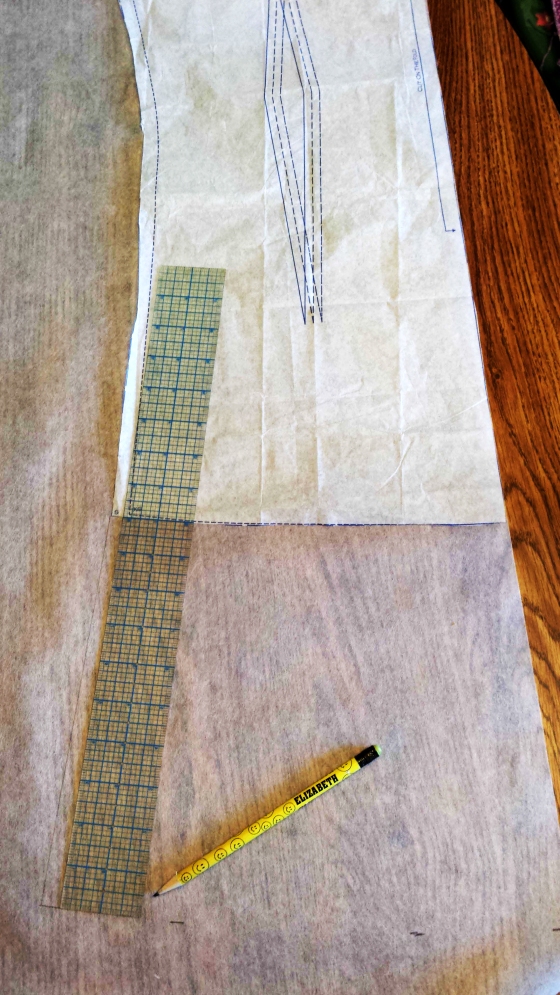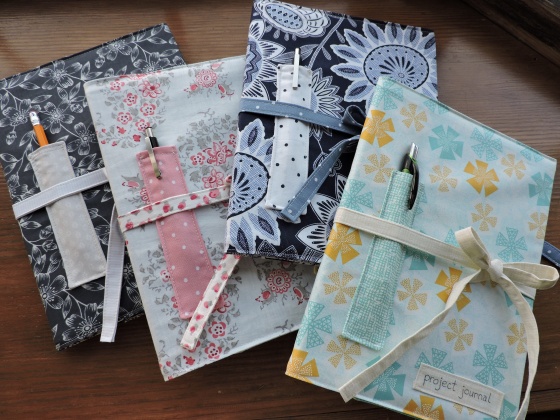I posted last week about the little boy’s outfit I made and I promised a tutorial about how I added the belt and cuffs to My Taylor Made’s romper pattern. I’ll apologize in advance for the incredibly uneven lighting – the day I photographed this it was overcast and raining one minute, bright and sunny the next and I lacked the enthusiasm to either get out a better lighting set-up or edit the photos more than the bare minimum. Jack was also “helping” me with these projects, so there are some errant toddler hands here and there. Hopefully these are enough to give you some idea of how to go about modifying a pattern, though. My brain is a little fried, so this might be about as clear as mud, but feel free to leave questions in the comments and I’ll try to respond quickly!

First I decided what size I wanted the belt to be. I wanted the belt to end as little tabs in front with working buttons so that I can add extra buttons toward the middle if the waist needs to be cinched in more, so I measured 2″ in from the side seam, around the back, and 2″ around to the front again. That was the finished length I wanted, so I added 1″ to my length to account for seam allowance. I wanted it to be about 1″ wide finished, so I cut it 2″ wide, again to allow for seam allowance. For the 3-6 month size romper I was making it worked out to be about 17″ long and 2″ wide. (Mine has a seam in the center back because I was using up scraps, but it could easily be cut from one piece of fabric.) I also wanted the ends to be rounded instead of square, so I folded the belt in half to cut both short ends at once, traced a little dish to get an even curve and cut it.

I thought about piping the edges of the belt, but I thought that might be uncomfortable for baby to lay on, so I decided to make the lining a little bigger than the outside fabric so that it would show. If you want this look, cut your lining fabric 1/4″ bigger on all sides than your outside fabric, following the shape of the curve on the edges. (At this point, have a heart attack because your toddler got his hands on your rotary cutter and was very close to figuring out how to slide the cover down on it. Put rotary cutter away, redirect toddler with the snap setter and carry on.)

I sewed one long side first, just to have a stable edge to work with, then pinned the heck out of the rest of the edges and stitched. Don’t forget to leave a space to turn it right side out. I sewed around one curve and part of the other straight side, stopped, backstitched, left about a 3″ space, and then finished sewing the rest of the straight side and the other curve.

When you’re finished sewing around all of the edges it will look like this:

Turn it right side out through the opening you left. A chopstick (or “turning tool”, if you’re fancy) is really helpful for this.

Press it flat and slipstitch your opening closed. It should look something like this. You might notice that I got lazy and didn’t leave quite a full 1/4″ around my curves, so they’re not as even as the long edges. It’s not super obvious, but learn from my mistake and don’t be skimpy on your seam allowance.

Stitch your buttonholes according to your button size and your sewing machine’s instructions.

I stitched a straight seam down the center back of my belt to hold it to the garment. Since I already had a seam there from piecing my fabric it wasn’t super obvious, but if you don’t have a seam there you might want to do something decorative like stitching a box with an X through it, stitching in the ditch next to the lining fabric or slipstitching the belt on so that your stitches won’t show.

Sew your buttons on and you’re done! (The shadows on the romper above are my head and Jack’s head. He was standing on a chair at the table watching the proceedings very carefully).
Adding the cuffs is even easier. Measure the bottom of the leg opening, cut your lining fabric to that size and about 5″ wide and stitch it on. Hem the unfinished edge of the lining. Press the seam allowance so you have a nice, crisp seam.

Flip the lining to the inside and press again, then, treating the lining and the outside fabric as one piece, hem the inseams to finish the edges. I also handstitched the lining to the seam allowance of the outside leg seam to keep it from sagging.

I laid the romper alongside one of Jack’s old outfits to see how far I should turn the cuffs up, then pressed them to get a crisp edge.

Install or hand-stitch on snaps and you’re done!

Happy sewing!
-Elizabeth



